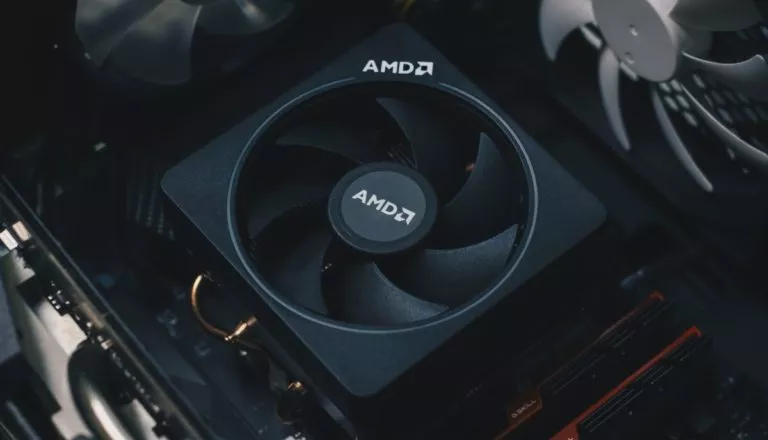Evidence of Alien Life Detected on Comet Hosting Philae’s Spacecraft

Most of us are, I suppose, familiar with the understanding of inchoate life on earth – How it all began. Many theories suggest that it all began with extremophilic microorganisms that led to the evolution of invertebrates, and then to the evolution of vertebrates – most of them suggesting that a comet striking event rendered life on earth.
Prof Chandra Wickramasinghe, who was involved in the launch of this spacecraft encourages people to be more welcoming to the idea of the possibility of extraterrestrial life, after the proposal that the Philae spacecraft and Rosetta be equipped to search for the direct evidence of an extraterrestrial life was allegedly dismissed by the court.
Wickramasinghe said:
Prof Wickramasinghe is said to have wayward views in the scientific community, once saying that the SARS virus arrived on earth from space and that airborne spores that caused a rainfall in Kerala to attain a reddish hue had an extraterrestrial origin.
He also believes that comets may have helped to sow seeds of life on Earth and possibly other planets such as Mars. A result of simulations carried out by the scientists suggests that microbes could inhabit the watery regions of the comet. Their research also shows that these microbes may have anti-freeze salts that help them survive temperatures as low as 40-degree celsius.
The data from the Philae spacecraft seems to point to microorganisms being involved in the formation of those icy seas, the preponderance of aromatic hydrocarbons and the very dark surface, Wickramasinghe suggested.
What are your thoughts? Could this lead to a breakthrough in the scientific community? Let us know in the comments!
Source: The Guardian
Also read: Aliens in the Outer World? Ghost Particle May Have the Answers






